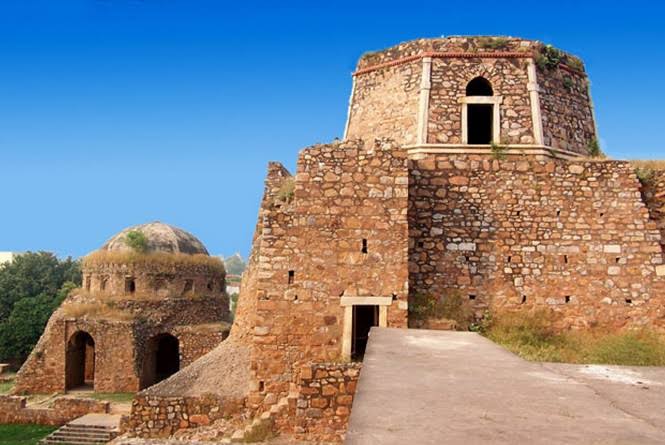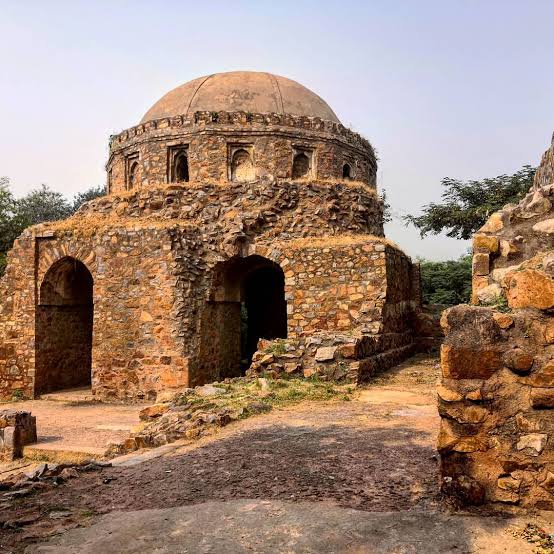

Bijay Mandal is a ruined historical structure located in Delhi, India, and is part of the larger complex associated with the ruins of Jahanpanah, the fourth medieval city of Delhi. It was built during the reign of Sultan Muhammad bin Tughlaq, who ruled the Delhi Sultanate from 1325 to 1351. Key Information about Bijay Mandal: Historical Background: Bijay Mandal was constructed as part of Sultan Muhammad bin Tughlaq’s grand city-building project. The structure was likely a combination of a palace and a citadel, intended to serve as a royal residence and a strategic location for the Sultan. It is also believed to have been used as an observation point due to its height. Architecture: Bijay Mandal reflects Indo-Islamic architecture with influences from Persian design styles. The structure consists of several rooms, courtyards, and a large open terrace. The topmost platform offers panoramic views of the surrounding area, which is why it’s thought to have served as a vantage point. Establishment: Bijay Mandal was established during the 14th century, specifically in the reign of Muhammad bin Tughlaq. Some historians also associate it with Firuz Shah Tughlaq, but it is most commonly attributed to Muhammad bin Tughlaq’s ambitious urban planning efforts. Current Condition: Today, Bijay Mandal is in a ruined state, but it remains an important site for understanding the Tughlaq architecture and urban planning of medieval Delhi. It is not as popular among tourists as other monuments in Delhi, but it holds significant historical value for scholars and history enthusiasts. The structure is part of the larger Jahanpanah city complex, which was built to integrate the scattered population of Delhi into one fortified urban area during the Tughlaq period.